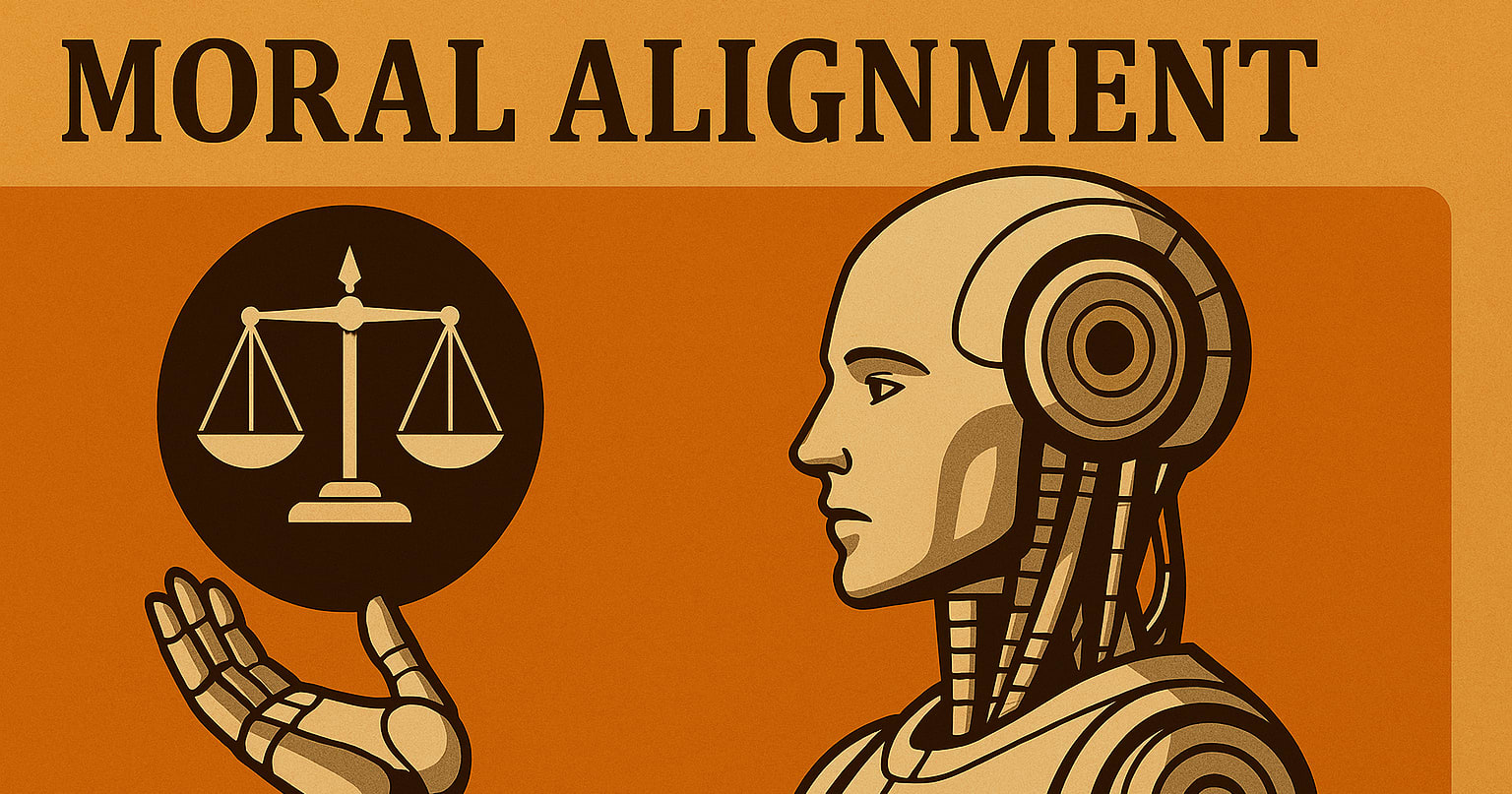Crossposted from Twitter
As the year comes to an end, we want to highlight some of the incredible work done and supported by people in the effective altruism community — work that's helping people and animals all over the world.
1/ The team at Charity Entrepreneurship incubated five new charities this year, including the Center for Effective Aid Policy and Vida Plena — the first CE-incubated organisation to operate in Latin America. https://forum.effectivealtruism.org/posts/isggu3woGwkpYzqwW/presenting-2022-incubated-charities-charity-entrepreneurship
2/ Over 1,400 new people signed the Giving What We Can Pledge, committing to giving away 10% or more of their annual income to effective charities. The total number of pledgers is now over 8,000! https://www.givingwhatwecan.org/about-us/members
3/ The work of The Humane League and other animal welfare activists led 161 new organisations to commit to using cage-free products, helping free millions of chickens from cruel battery cages. https://chickenwatch.org/progress-tracker?filterK=Cage-free
4/ Open Philanthropy launched two new focus areas: South Asian Air Quality and Global Aid Policy. It's already made grants that aim to tackle pollution and increase the quality or quantity of foreign aid.
https://www.openphilanthropy.org/focus/global-aid-policy/ and https://www.openphilanthropy.org/focus/south-asian-air-quality/
5/ Alvea, a new biotechnology company dedicated to fighting pandemics, launched and announced that it had already started animal studies for a shelf-stable COVID vaccine. https://www.prnewswire.com/news-releases/alvea-launches-scalable-shelf--stable-dna-vaccine-development-against-new-sars-cov-2-variants-301483557.html
6/ Almost 80,000 connections were made at events hosted by @CentreforEA's Events team, prompting people to change jobs, start new projects and explore new ideas. EAGx conferences were held around the world — including in Berlin, Australia and Singapore. https://forum.effectivealtruism.org/posts/DajpFcaMrHv4fPLTy/cea-s-work-in-2022#Events
7/ The EU Commission said it will "put forward a proposal to end the ‘disturbing’ systematic practice of killing male chicks across the EU" — another huge win for animal welfare campaigners. https://www.eurogroupforanimals.org/news/victory-chicks-eu-commission-propose-end-male-chick-culling
8/ What We Owe The Future, a book by @willmacaskill arguing that we can — and should — help build a better world for future generations, became a bestseller in both the US and UK. https://whatweowethefuture.com
9/ New evidence prompted @GiveWell to re-evaluate its views on water quality interventions. It then made a grant of up to $64.7 million for @EvidenceAction's Dispensers for Safe Water water chlorination program, which operates in Kenya, Malawi and Uganda. https://blog.givewell.org/2022/04/06/water-quality-overview/
10/ Lots of members of the effective altruism community were featured on @voxdotcom's inaugural Future Perfect 50 list of the people building a better future. https://www.vox.com/future-perfect/23399287/future-perfect-50-change-agents
11/ Fish welfare was discussed in the UK Parliament for the first time ever, featuring contributions from effective-altruism-backed charities. https://animalequality.org/news/historic-uk-parliament-discusses-the-suffering-of-farmed-fish/
12/ Researchers at @iGEM published a paper looking at how we might be able to better detect whether states are complying with the Biological Weapons Convention — work which could help improve biosecurity around the world. https://papers.ssrn.com/sol3/papers.cfm?abstract_id=4213018
13/ New research from the Lead Exposure Elimination Project showed the dangerous levels of lead in paint in Zimbabwe and Sierra Leone. In response, governments in both countries are working with LEEP to try to tackle the problem and reduce lead exposure.
https://leadelimination.org/paint-study-results-sierra-leone/ and https://leadelimination.org/new-study-zimbabwe-botswana/
14/ The EA Forum criticism contest sparked a bunch of interesting and technical debate. One entry prompted GiveWell to re-assess their estimates of the cost-effectiveness of deworming, and inspired a second contest of its own!
https://forum.effectivealtruism.org/posts/NFhELFno7ScuCxXMY/the-winners-of-the-change-our-mind-contest-and-some#Prize_for_inspiring_the_Change_Our_Mind_Contest____20_000
15/ The welfare of crabs, lobsters and prawns was recognised in UK legislation thanks to the new Animal Welfare (Sentience) Bill https://www.crustaceancompassion.org/single-post/great-news-what-next
16/ Rethink Priorities, meanwhile, embarked on their ambitious Moral Weight Project to provide a better way to compare the interests of different species. https://forum.effectivealtruism.org/posts/hxtwzcsz8hQfGyZQM/an-introduction-to-the-moral-weight-project
17/ At the @medialab, the Nucleic Acid Observatory project launched — working to develop systems that will help provide an early-warning system for new biological threats. https://forum.effectivealtruism.org/posts/gLPEAFicFBW8BKCnr/announcing-the-nucleic-acid-observatory-project-for-early
18/ Longview Philanthropy and @givingwhatwecan launched the Longtermism Fund, a new fund supporting work on reducing existential risks. It's already supporting important work in AI safety, biosecurity and nuclear security. https://forum.effectivealtruism.org/posts/KKoDGiSkfsnco8iQf/longtermism-fund-december-2022-grants-report
19/ In general it's been an exciting year for the AI alignment community. As researcher John Wentworth puts it, there's been "gradual convergence toward a technical alignment paradigm". https://www.alignmentforum.org/posts/BzYmJYECAc3xyCTt6/the-plan-2022-update
20/ A new survey from @KatjaGrace showed that 48% of AI experts think there's a 10% or greater chance of advanced AI leading to an "extremely bad" outcome — helping to outline the importance of the problem and the need to do more work here. https://aiimpacts.org/what-do-ml-researchers-think-about-ai-in-2022/
21/ And researchers at @AnthropicAI developed a new technique for training less harmful AI assistants. https://twitter.com/AnthropicAI/status/1603791161419698181
This is just a small fraction of the incredible work done and supported by the effective altruism community this year. A full thread would be hundreds, if not thousands, of tweets long! And we're very excited to see all the work that the community does in 2023.
If you want to learn more or get involved:
- Sign up to the EA Newsletter https://www.effectivealtruism.org/ea-newsletter-archives
- Join the EA Forum https://forum.effectivealtruism.org
- Donate to effective charities https://www.givingwhatwecan.org/donate/organizations
And have a very happy new year!
Thank you to posts from ElliotJDavies and Lewis Bollard which we used to help compile this list. And thanks to Emma Richter, Lizka Vaintrob, Ollie Base, Angelina Li and many others for helping with the research process and contributing ideas.




The animal welfare items were:
Of these, it seems like the first, third, and fifth items have clear EA links, but the second and fourth are less clear. I'd be interested to hear if there were EA-linked orgs significantly involved in advocacy around either the UK animal sentience legislation or the EU commission male chick culling ban proposal.